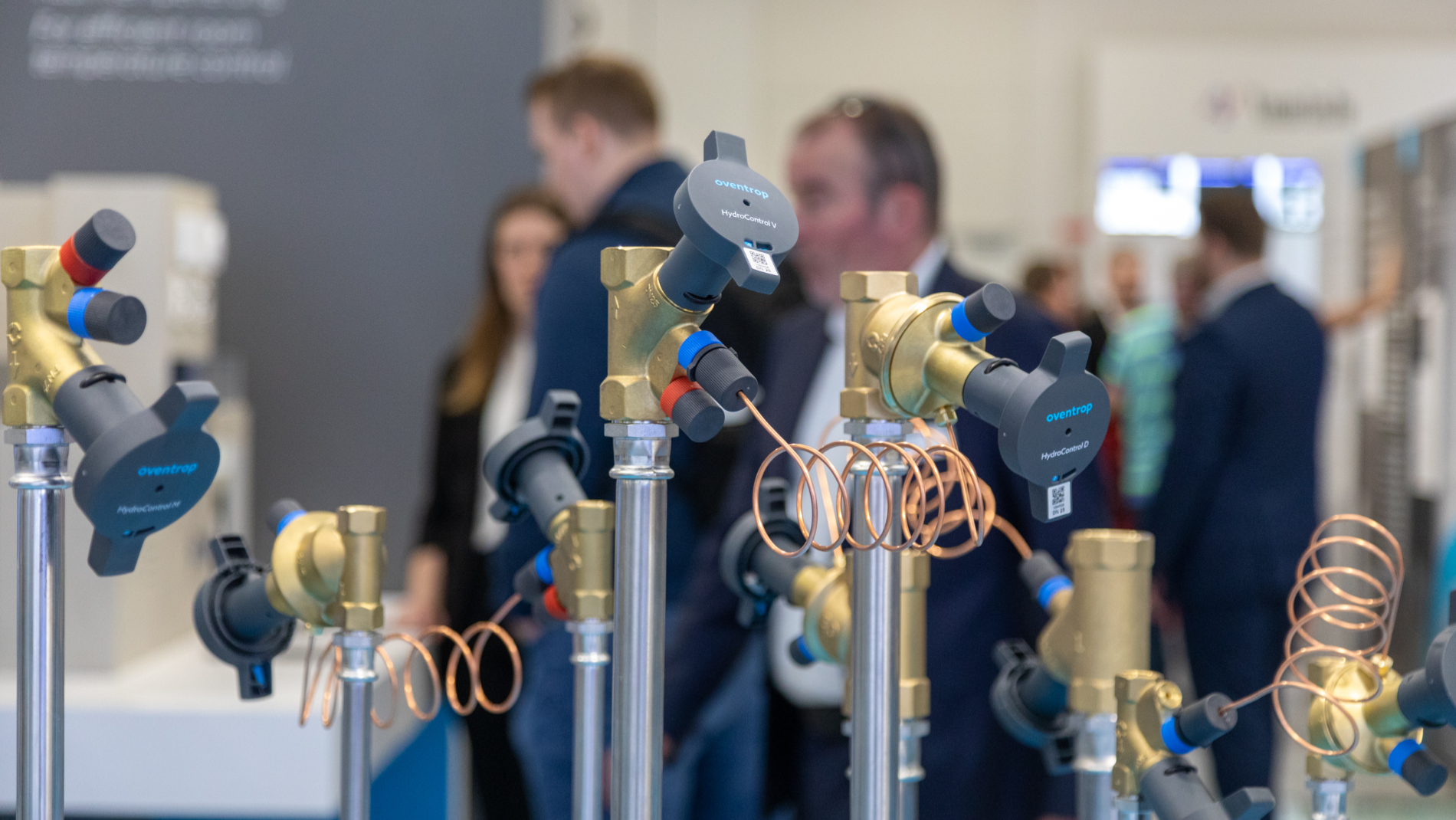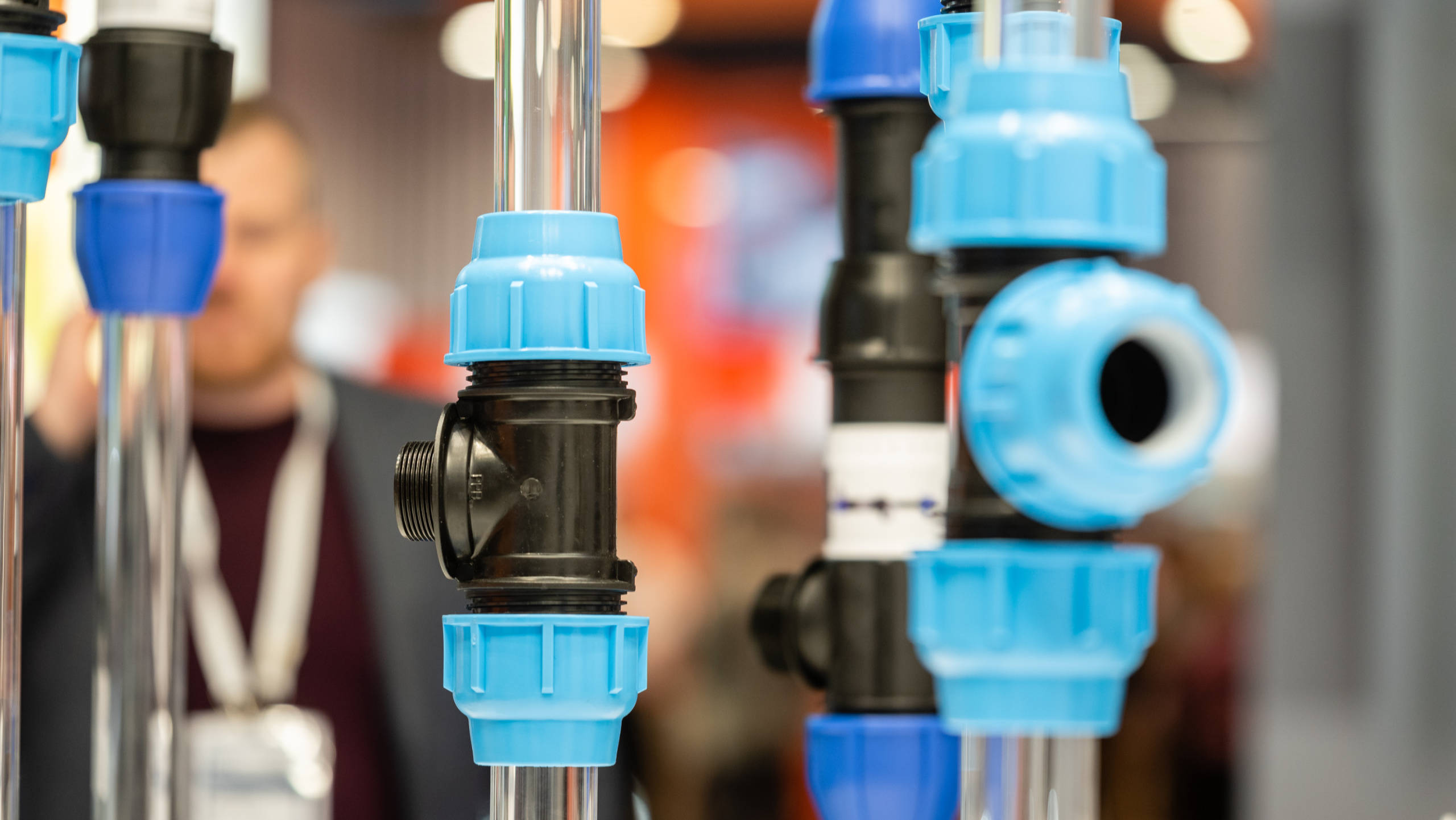Material and design trends for more efficient heating systems

A major challenge for heating-system manufacturers is the need to balance strict environmental standards and economic considerations in a complex commercial environment. To close the heating cycle in a sustainable way, the components for heat generation must be matched to each other precisely. ISH 2025 is a perfect opportunity to discover the latest trends in this field.
Heat pumps: flexible and intelligent heat sources
Heat pumps extract thermal energy from the environment and use it to heat buildings in an environmentally friendly way. The latest developments are making these devices even more efficient:
- Environmentally friendlier refrigerants, innovative heat exchangers and precise control technology improve the carbon footprint of heat pumps.
- Hybrid heating systems combine heat pumps with other renewable or fossil heating systems to cover peak loads reliably.
- Compressors that adapt their output dynamically to the heat required extend the life expectancy of the heat pump.
- Integration into smart-home or smart-building systems and AI-based regulation algorithms intelligently optimise heat-pump operation using real-time data.
Heat exchanger: sustainable heat transmission
As the ‘bridge’ between different sources of heat, such as air and water, heat exchangers have a significant impact on the efficiency of heat generators. Innovative materials and design improvements help to reduce the energy consumed by heating systems:
- Highly heat-conductive and corrosion-resistant materials, such as aluminium alloys or copper, as well as optimised surface structures, improve both the efficiency and service life of heat exchangers.
- Compact design facilitates integration and adaptation to a range of performance classes.
- Micro-channel heat exchangers increase the surface area for heat transfer while reducing the amount of material used.
- Hybrid heat exchangers maximise the heating-system flexibility.
- Condensation heat exchangers use the waste heat from exhaust gases for even greater efficiency.
Compressors: quiet and efficient
Heat-generator performance and efficiency depend on the compressors that maintain the thermodynamic cycle. Advances in compressor design are reducing noise levels at the same time as increasing efficiency:
- The speed controller and inverter economically match compressor output to the heat required.
- Scroll and screw compressors reduce vibration and noise level.
- Service life is also improved by sound and vibration insulation in the compressor and the system as a whole.
Heating elements: the hidden champions of heating systems
Heating elements act as a direct source of heat in electricity-based and hybrid heating systems and can provide heat very quickly. This makes them suitable for meeting peak loads, e.g., in heat pumps or hybrid heating systems.
Current material innovations in heating elements include high-temperature conductive alloys, ceramic-metallic composites, corrosion-resistant Incoloy alloys that are more stable at higher temperatures, and ceramic or metallic nano-coatings that reduce scaling and improve heat transfer.
Boiler components for safe and reliable firing
In addition to heat exchangers and control systems, burners, flue gas and safety devices are essential for efficient boiler heating. The latest developments improve the carbon footprint, as well as the reliability and safety of these heating systems:
- Modulating burners adjust their output smoothly to the demand for heat.
- Stricter environmental regulations mean that burners with particularly low nitrogen oxide (NOx) emissions are a must.
- Boiler components for cleaning flue gases, e.g., particulate filters and catalytic converters, are undergoing continuous development with the aim of further emission reductions.
- Integrated safety components, such as pressure sensors, safety valves, safety temperature limiters (STL) and combined temperature and pressure monitors, ensure operational safety with real-time monitoring.
Heat-generator housings: protection and aesthetics
Housings protect heat-generator components, minimise heat loss and noise and contribute to an attractive appearance – thanks in particular to the latest material and design trends:
- Multi-layer insulation materials made from high-performance insulating products such as aerogels reduce both heat loss and the weight of the housing.
- Sound-absorbing interior panels for housing reduce the noise level of heat generators.
- Corrosion-resistant coatings extend the service life of housings even in harsh environments.
- The trend is towards environmentally friendly, recyclable materials such as aluminium and special plastics.
- A modular design makes it easier to maintain and install heat generators. Modern designs must not only be compact, but also aesthetically pleasing.
At ISH 2025, manufacturers of heat generation systems can obtain a comprehensive overview of the complete range of components, accessories and services – all fully in tune with the times.
